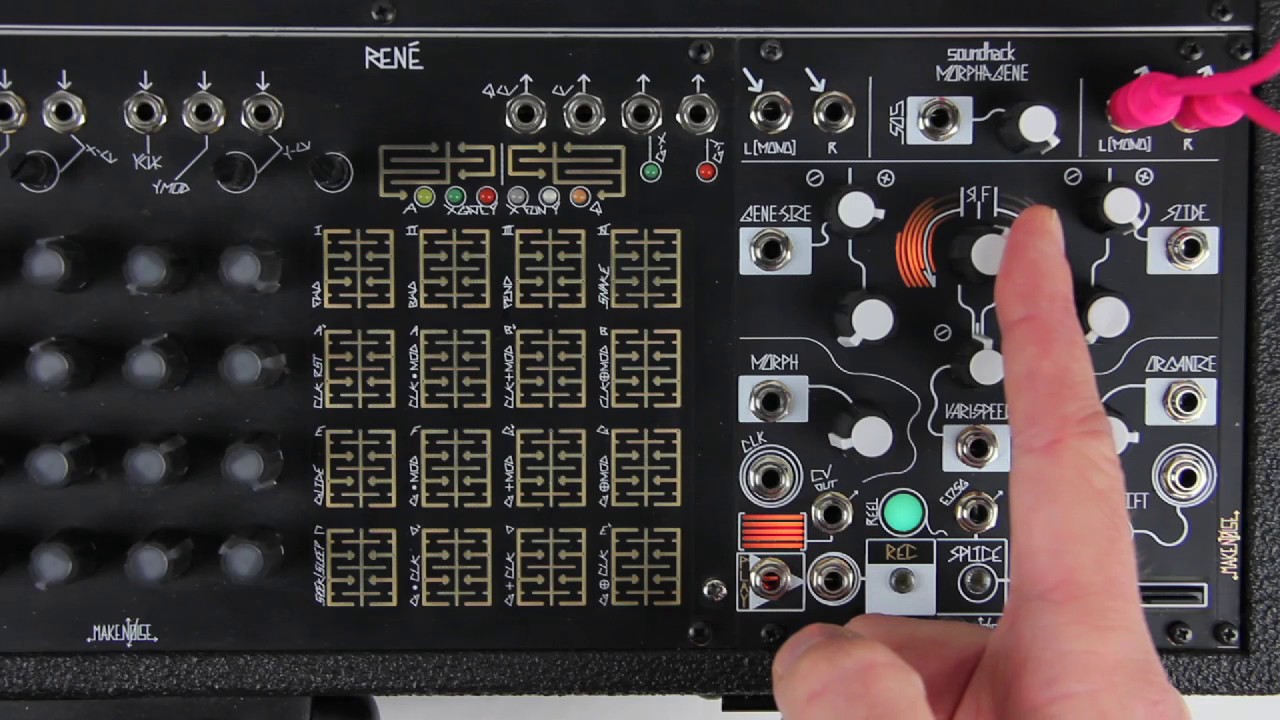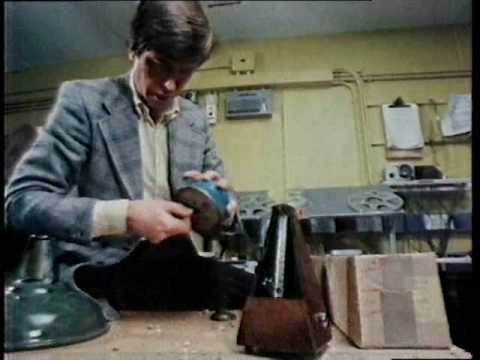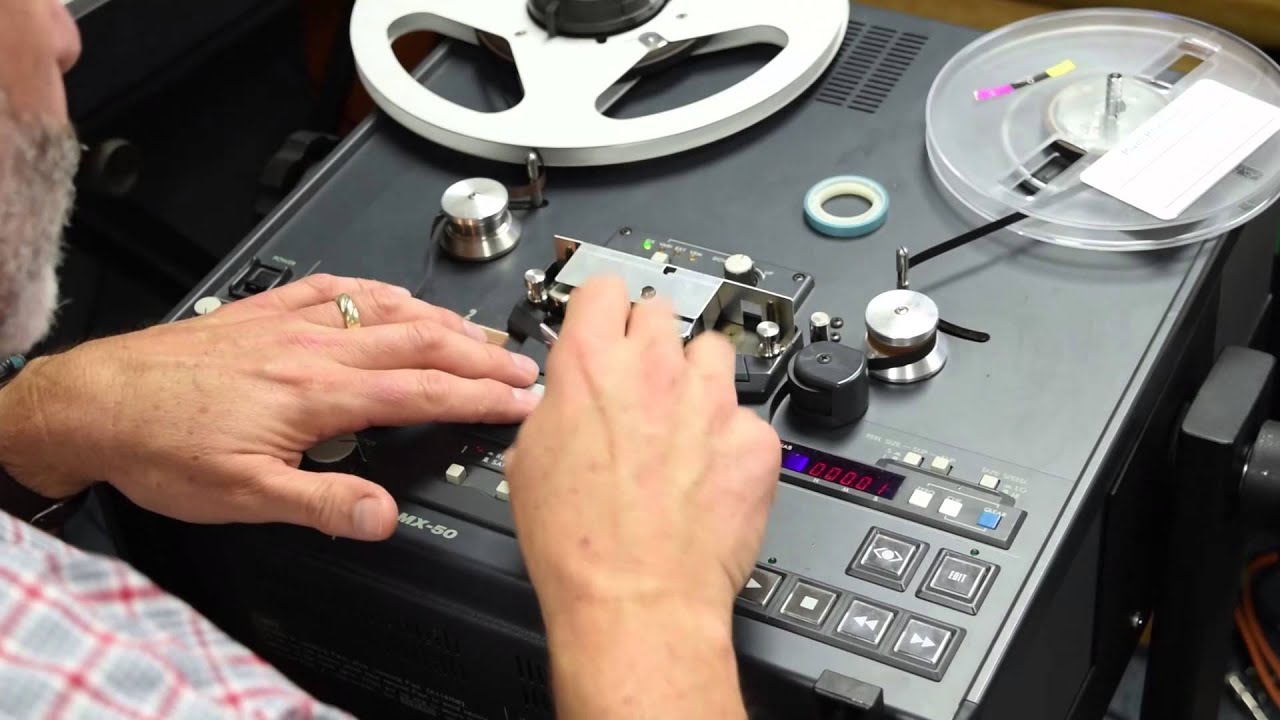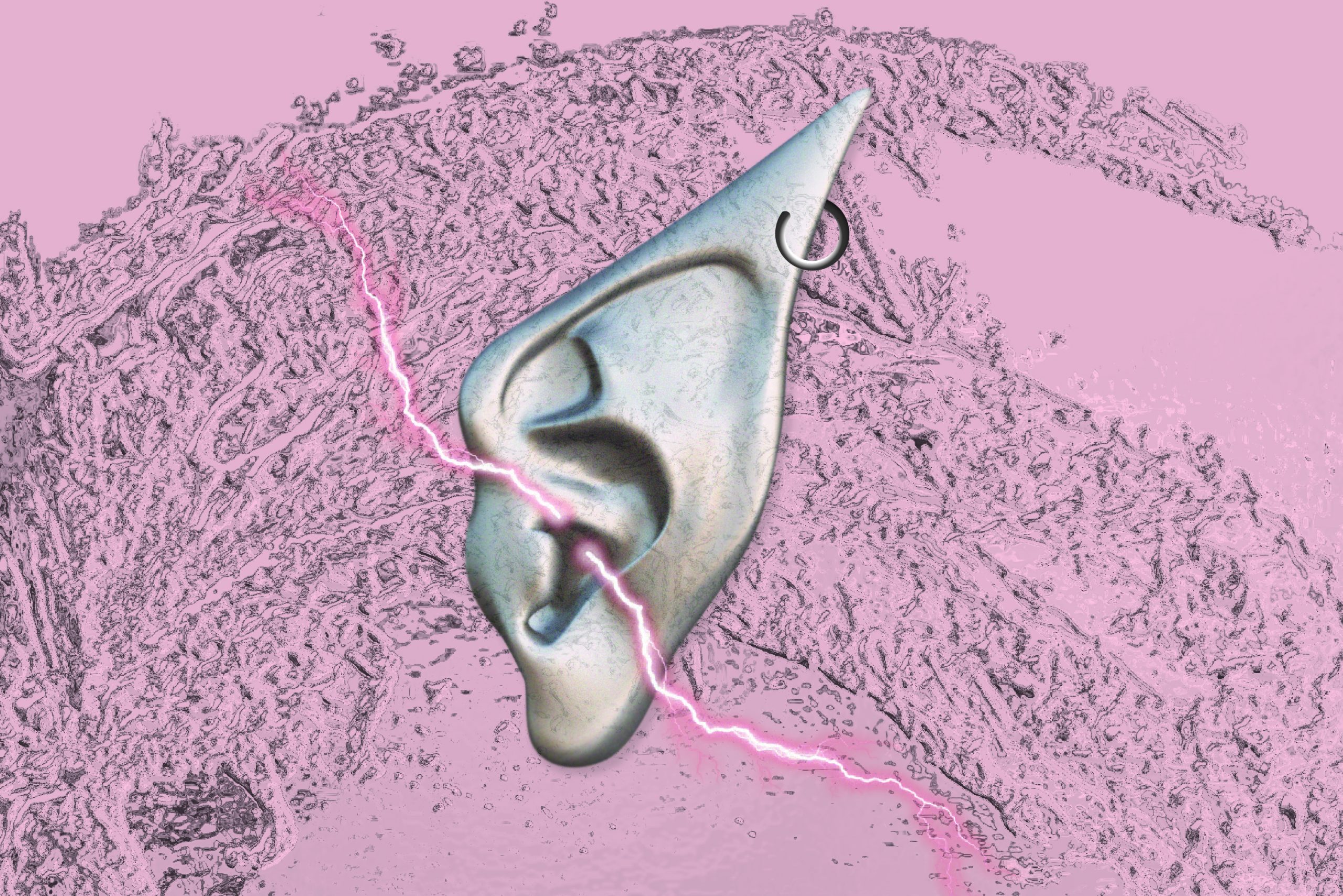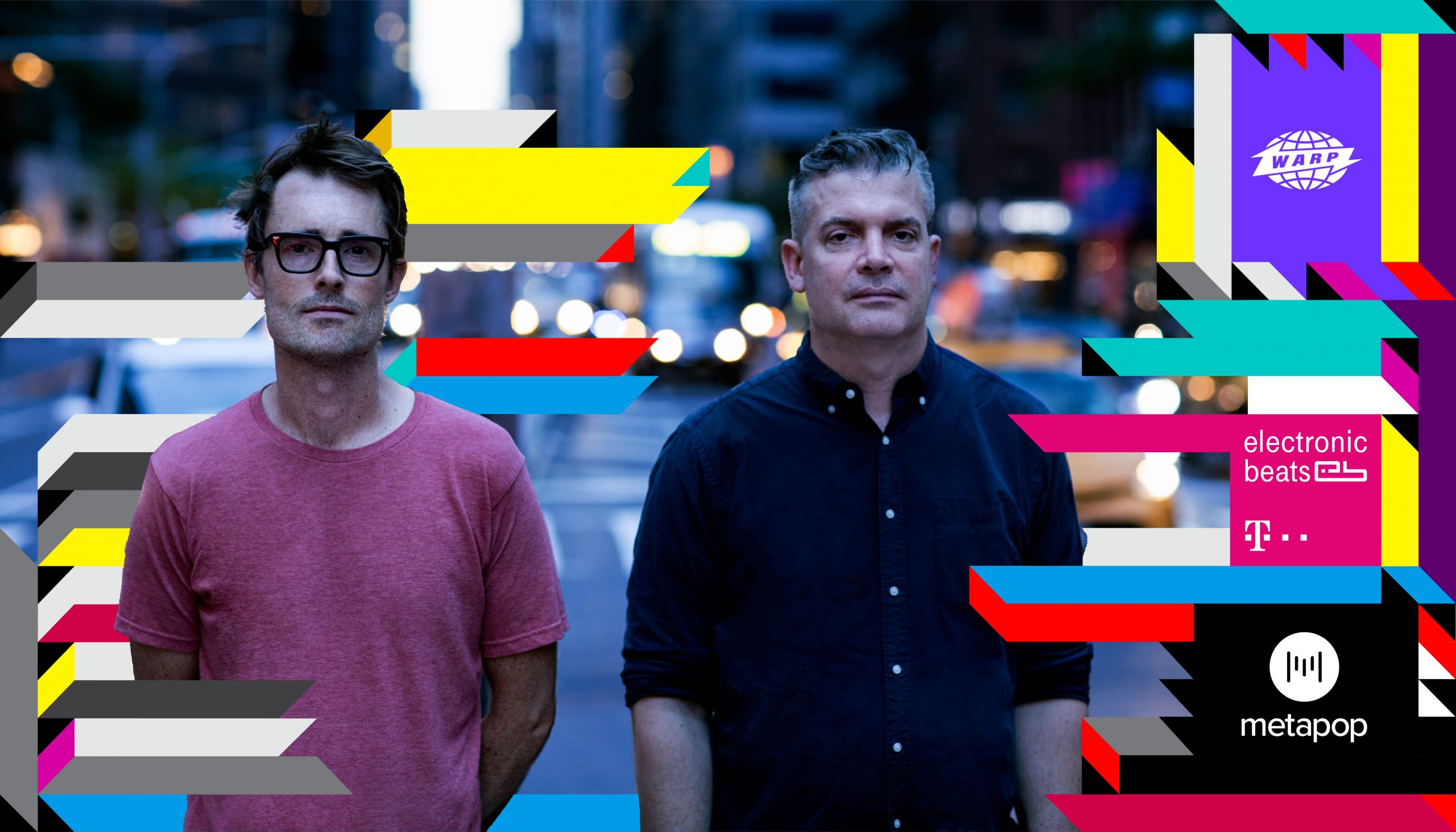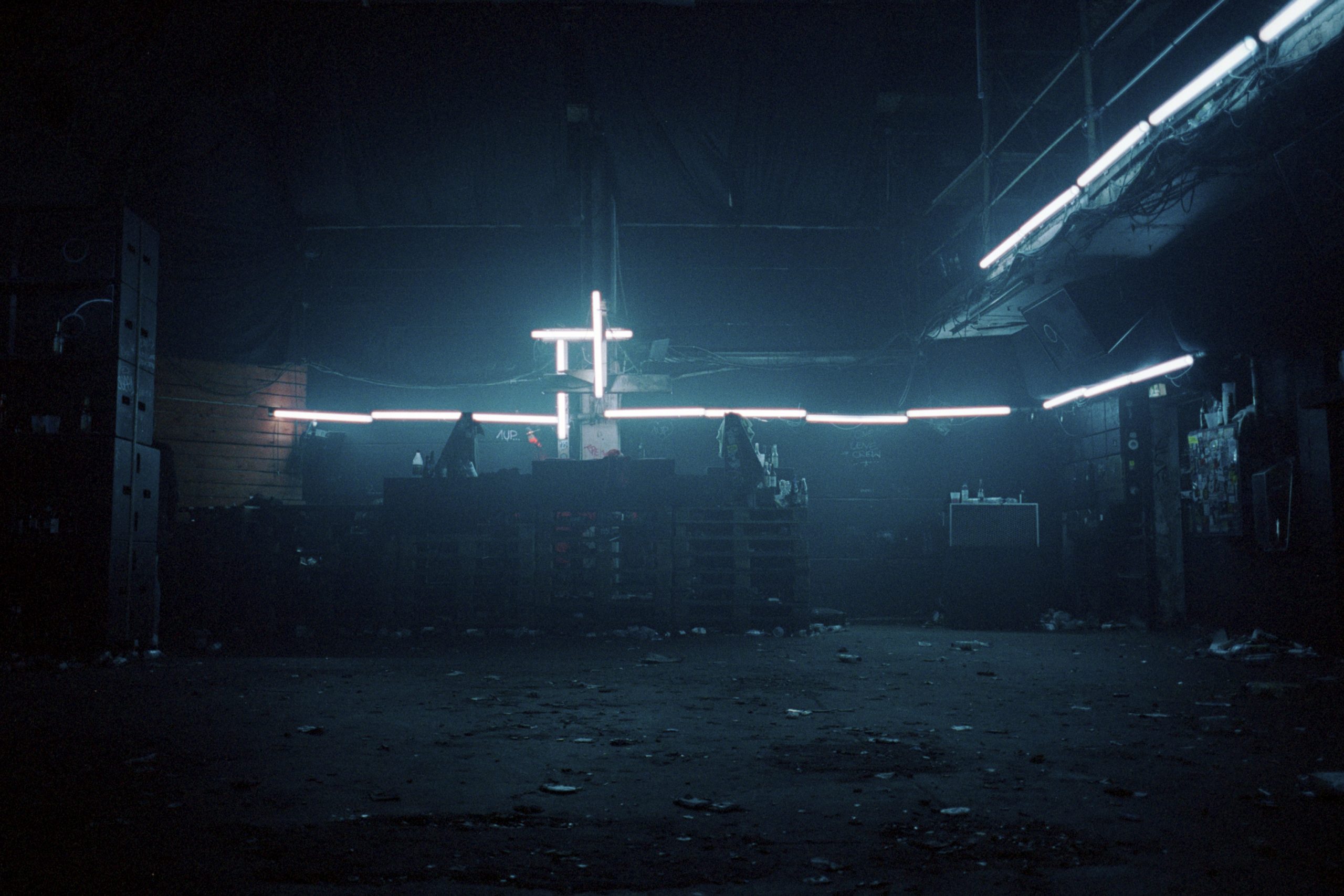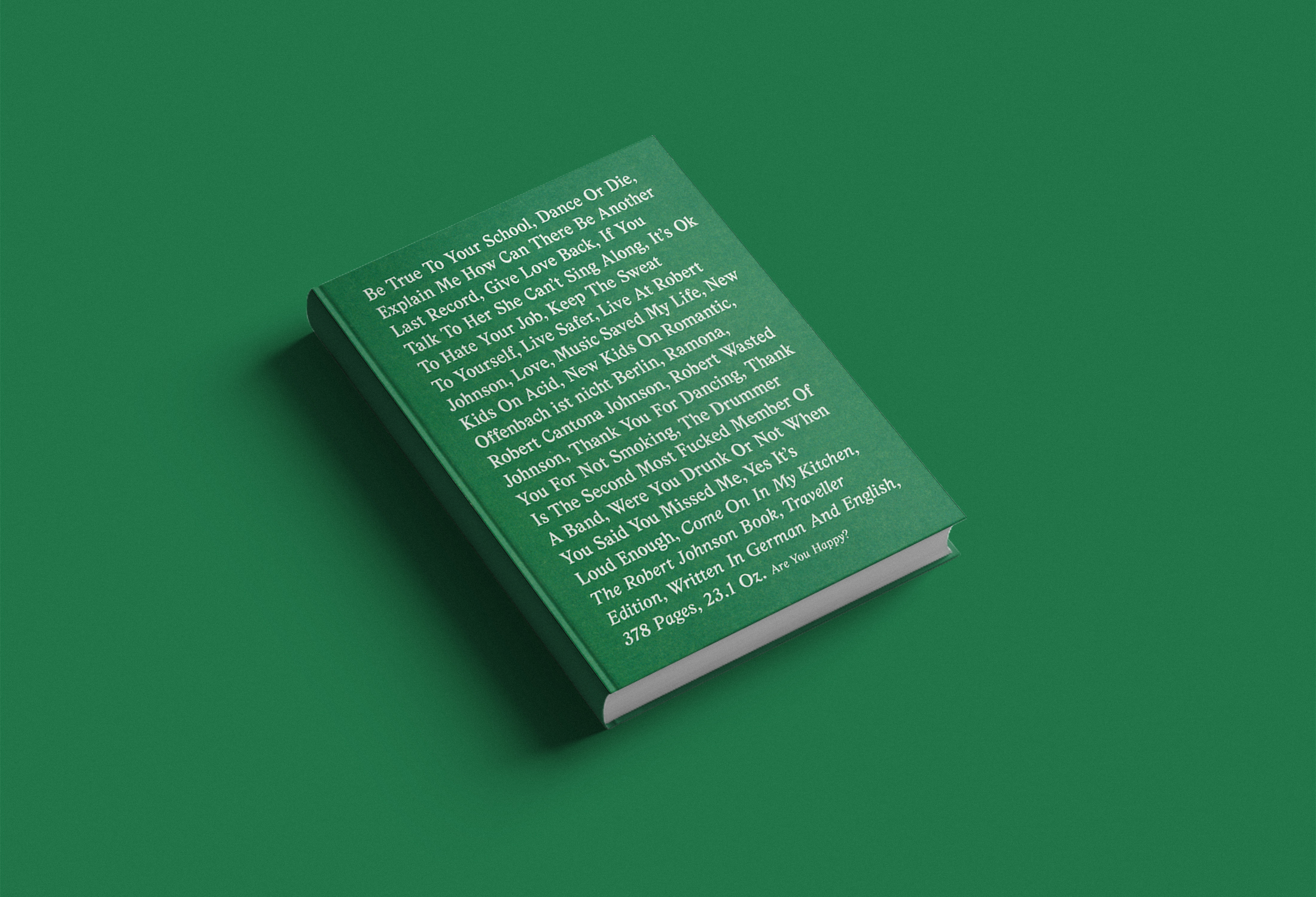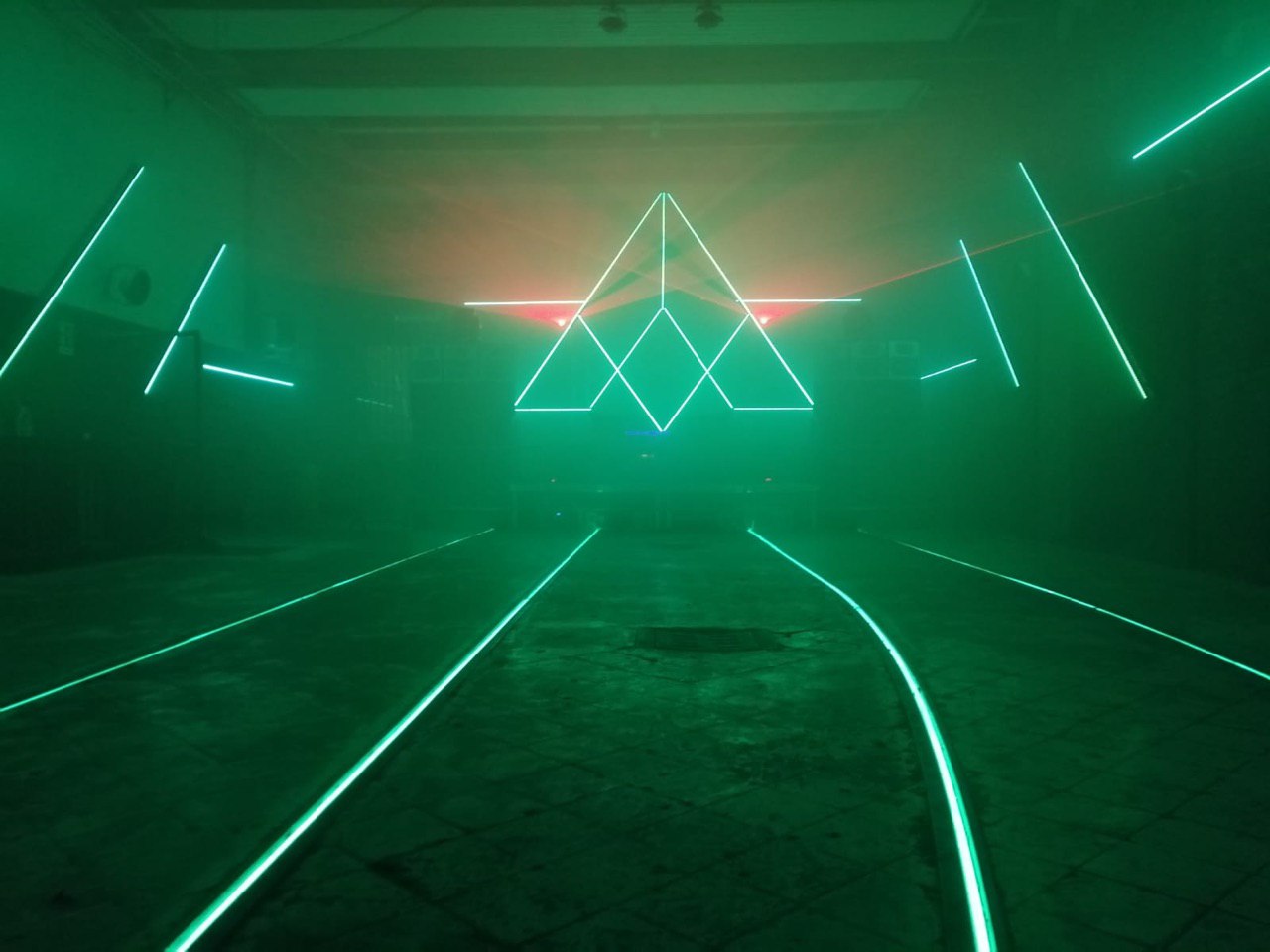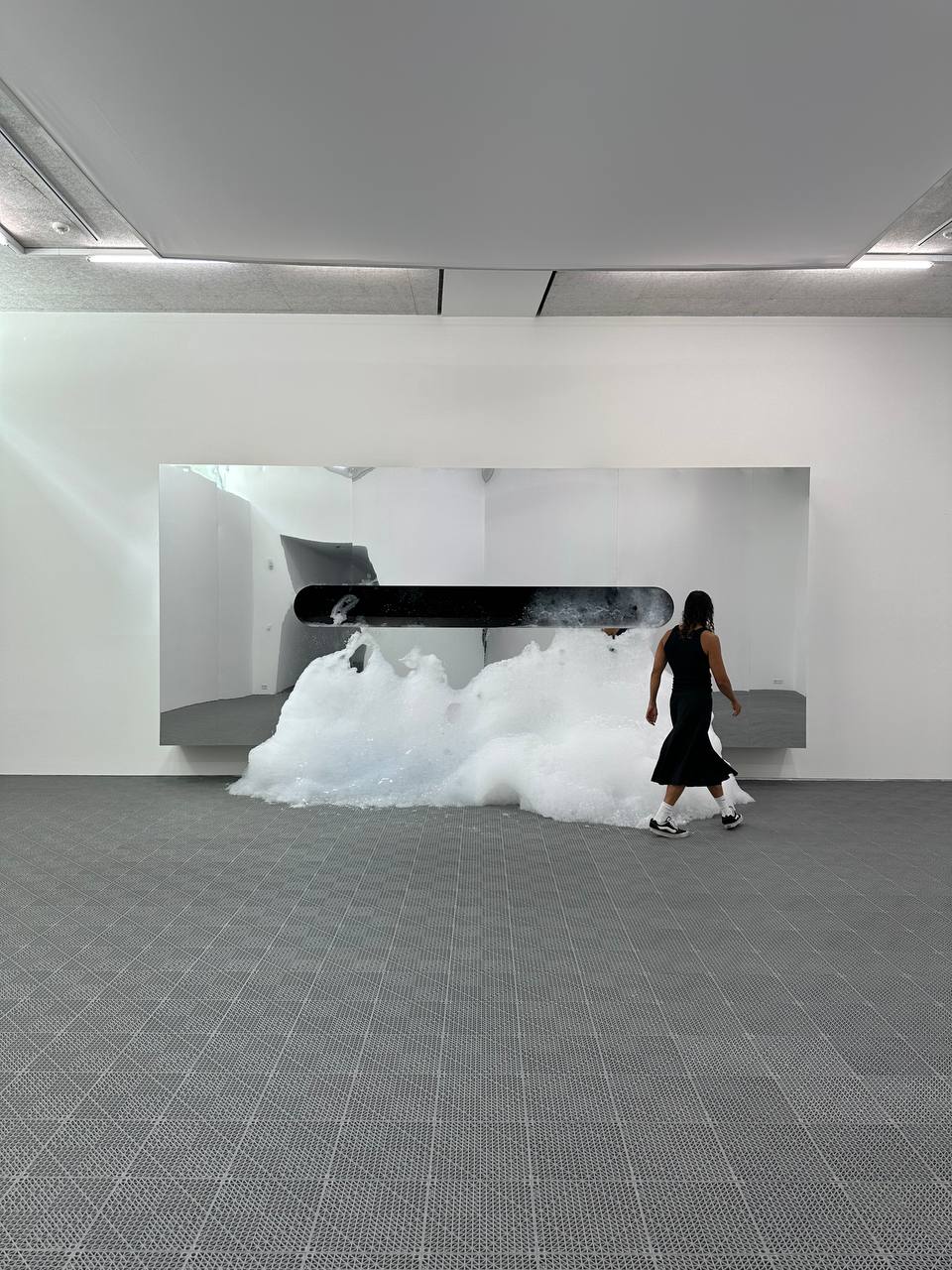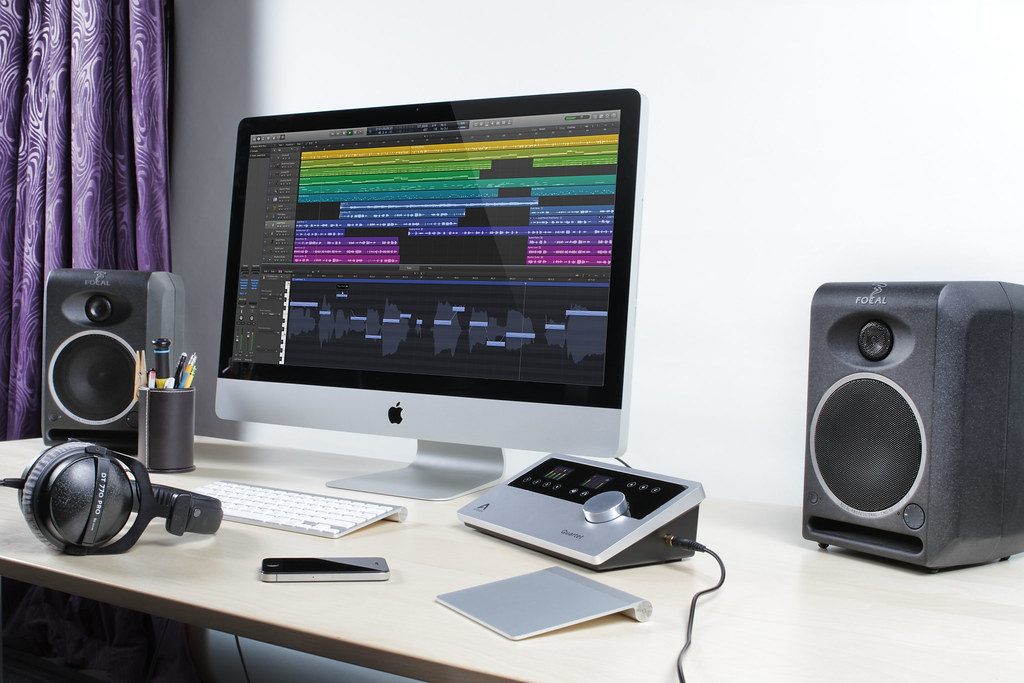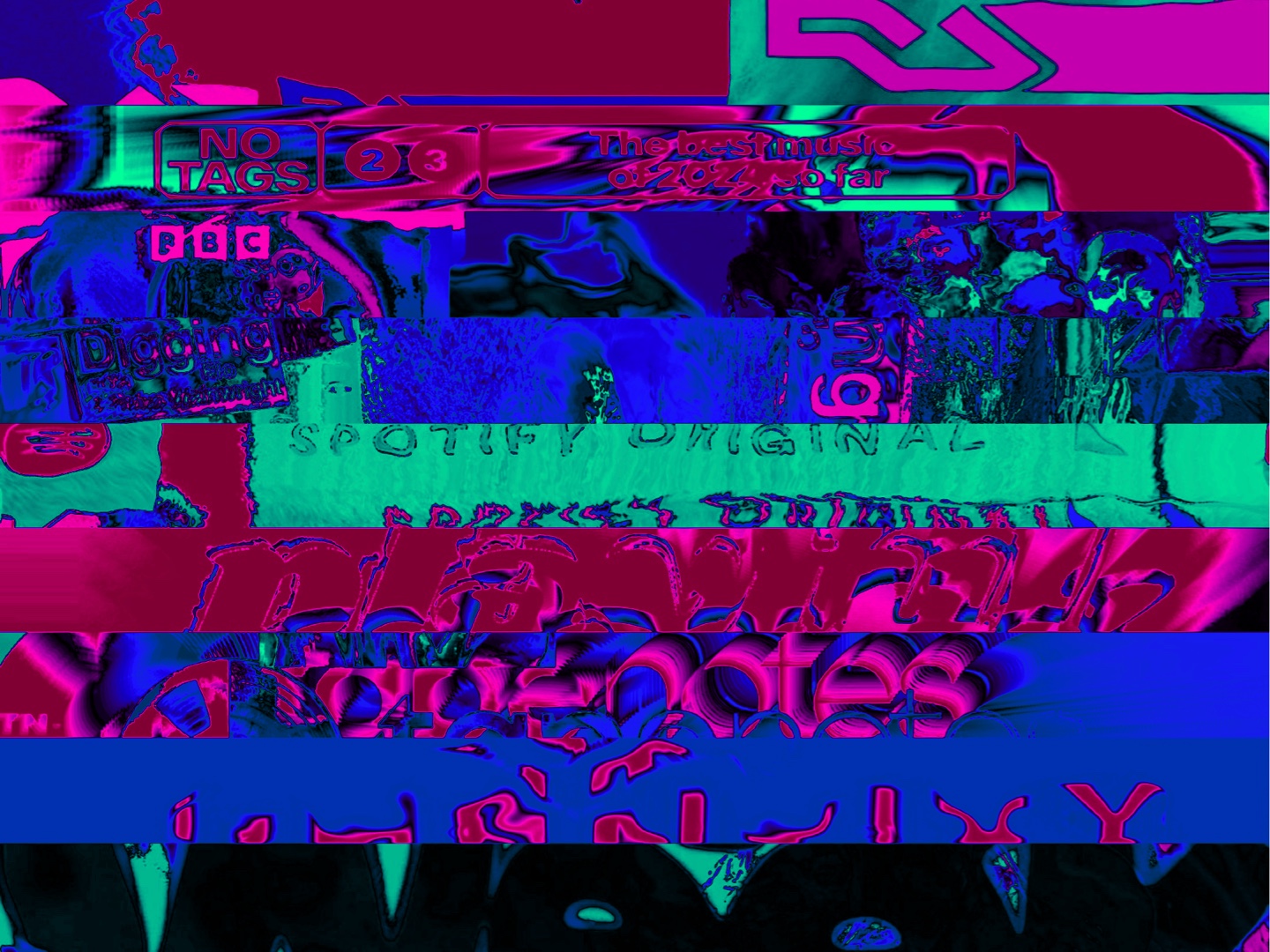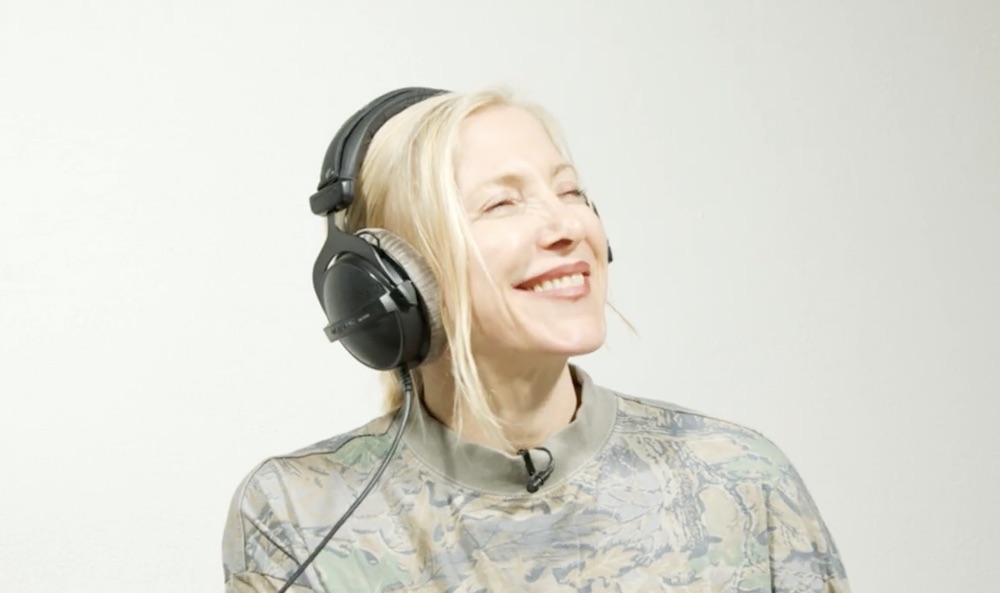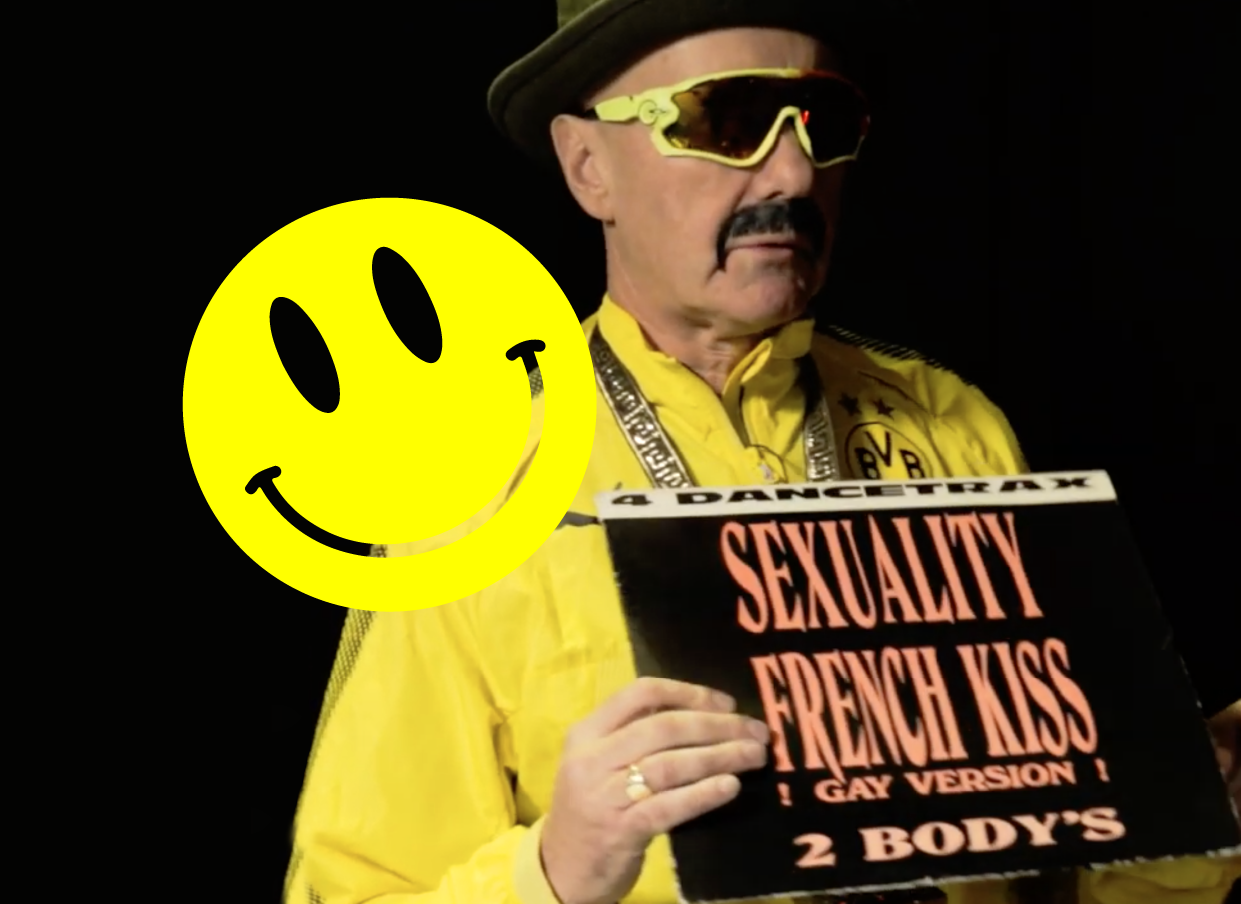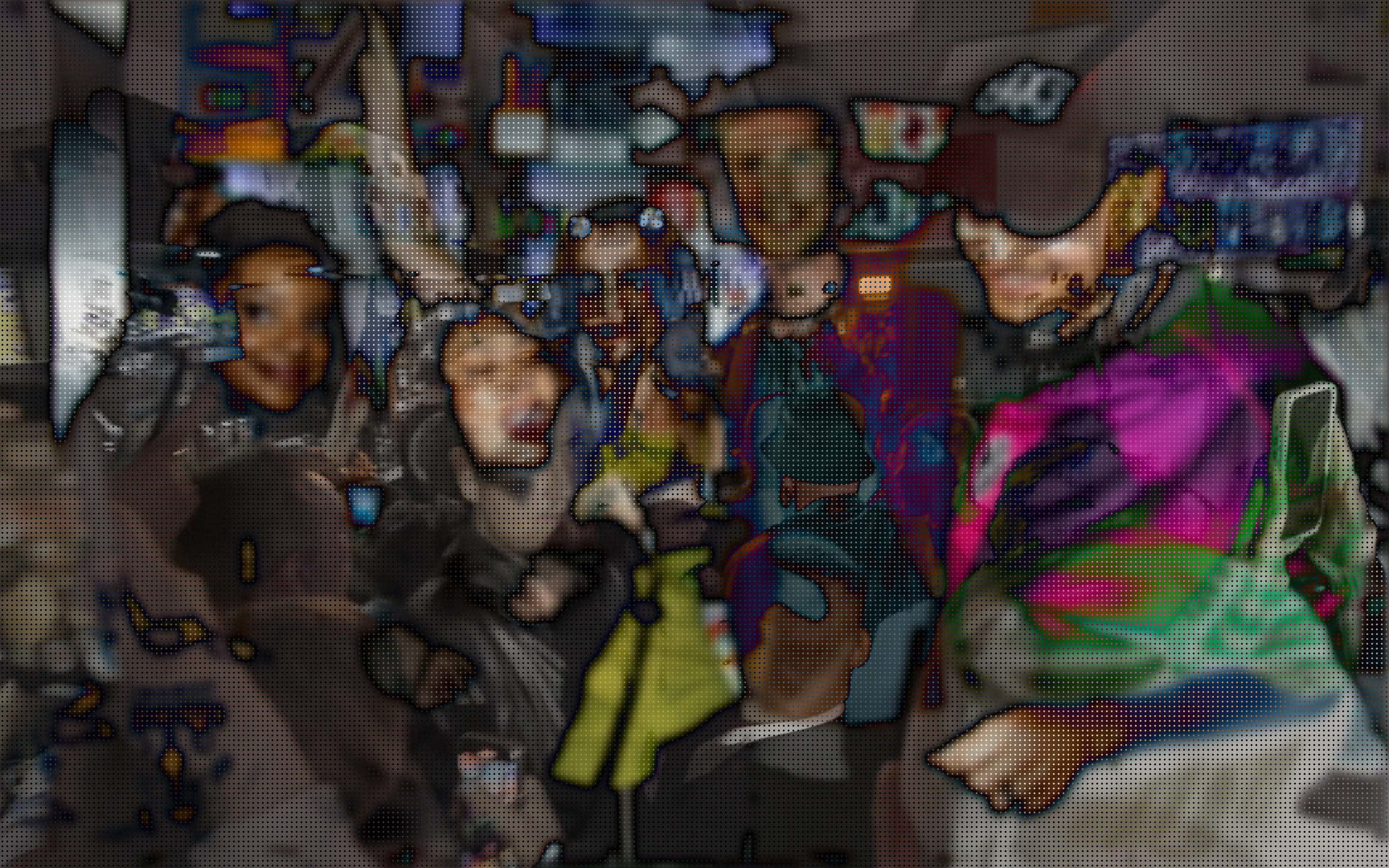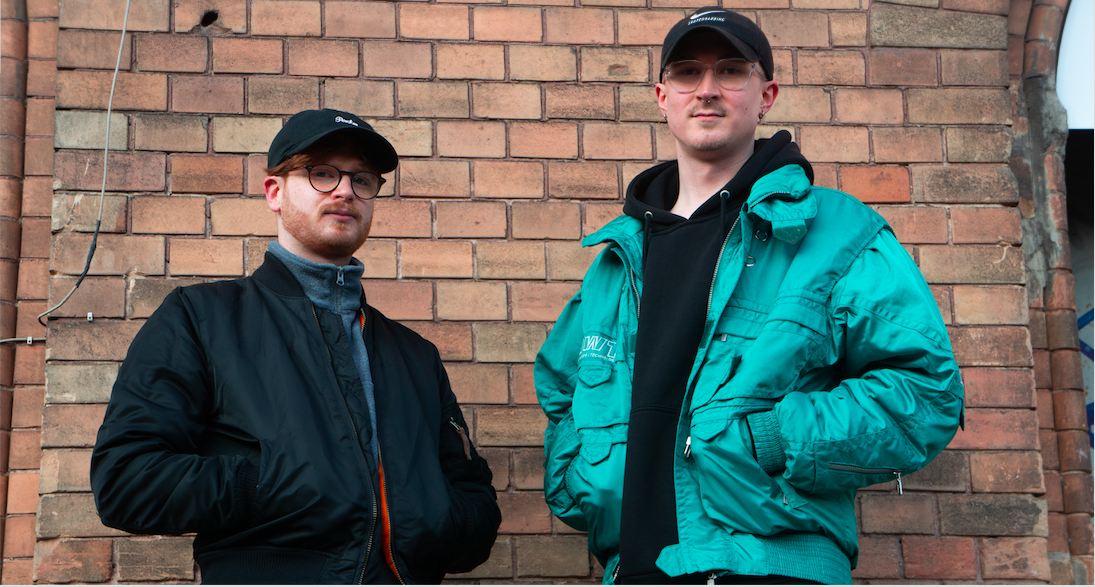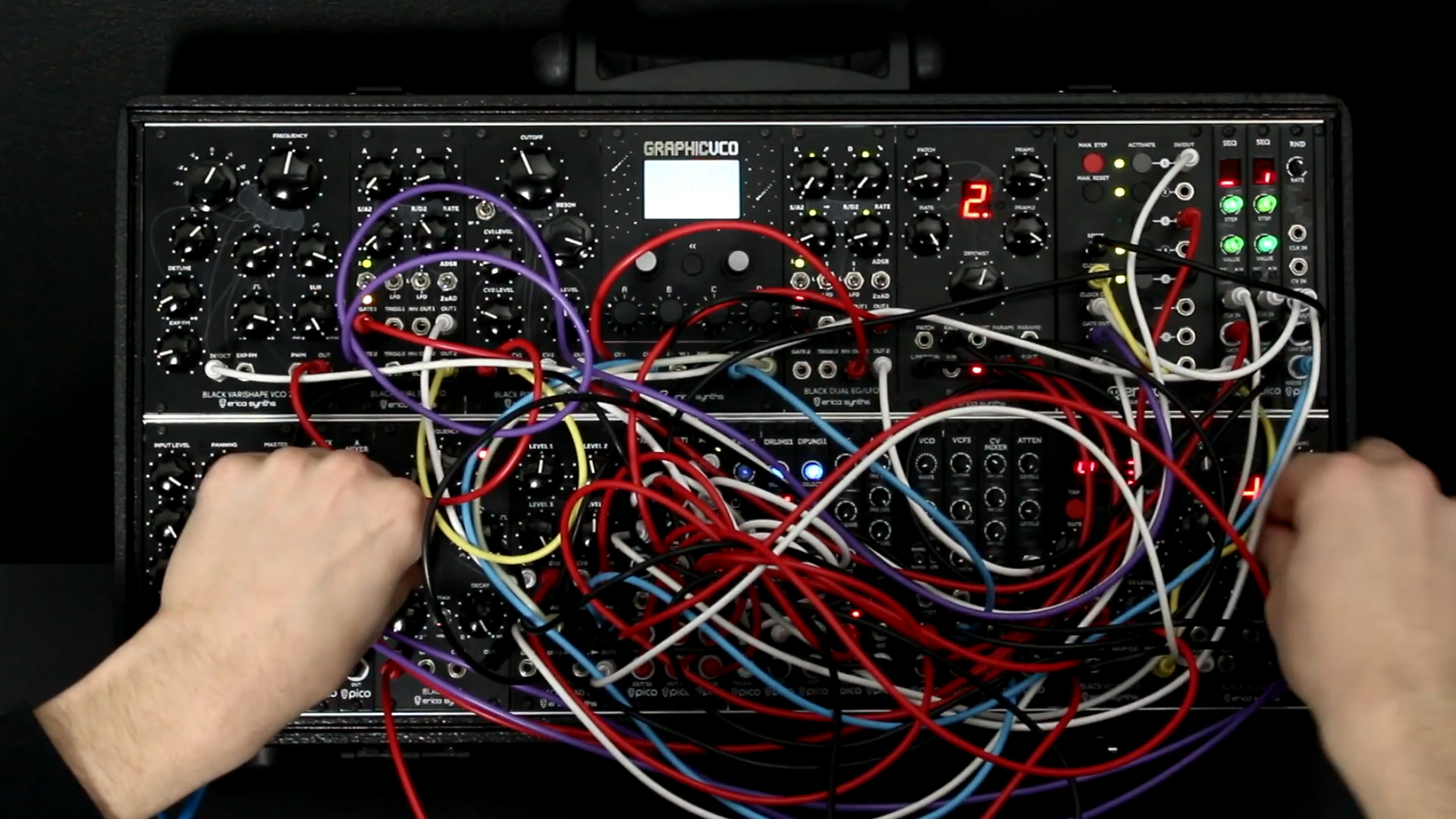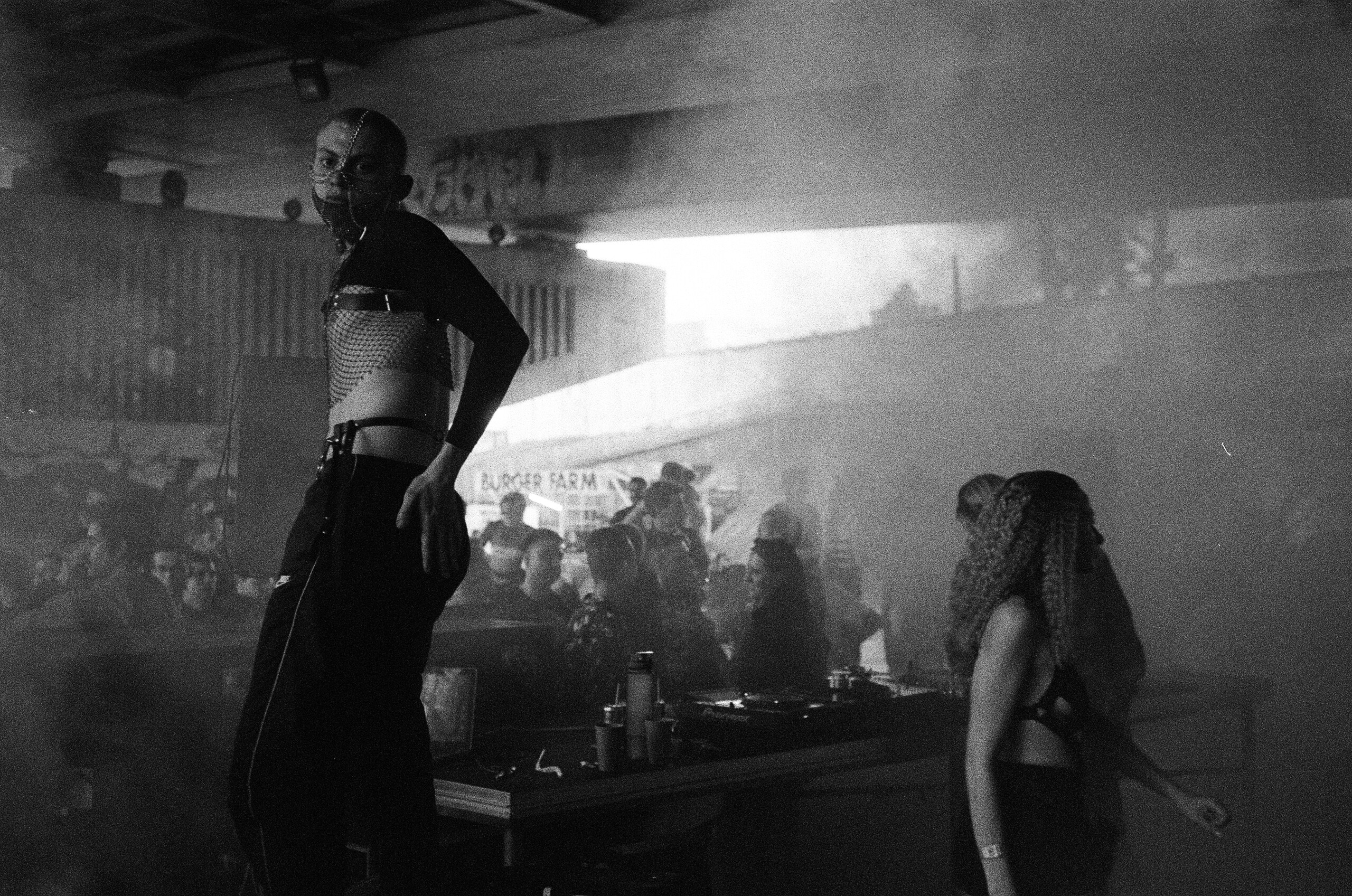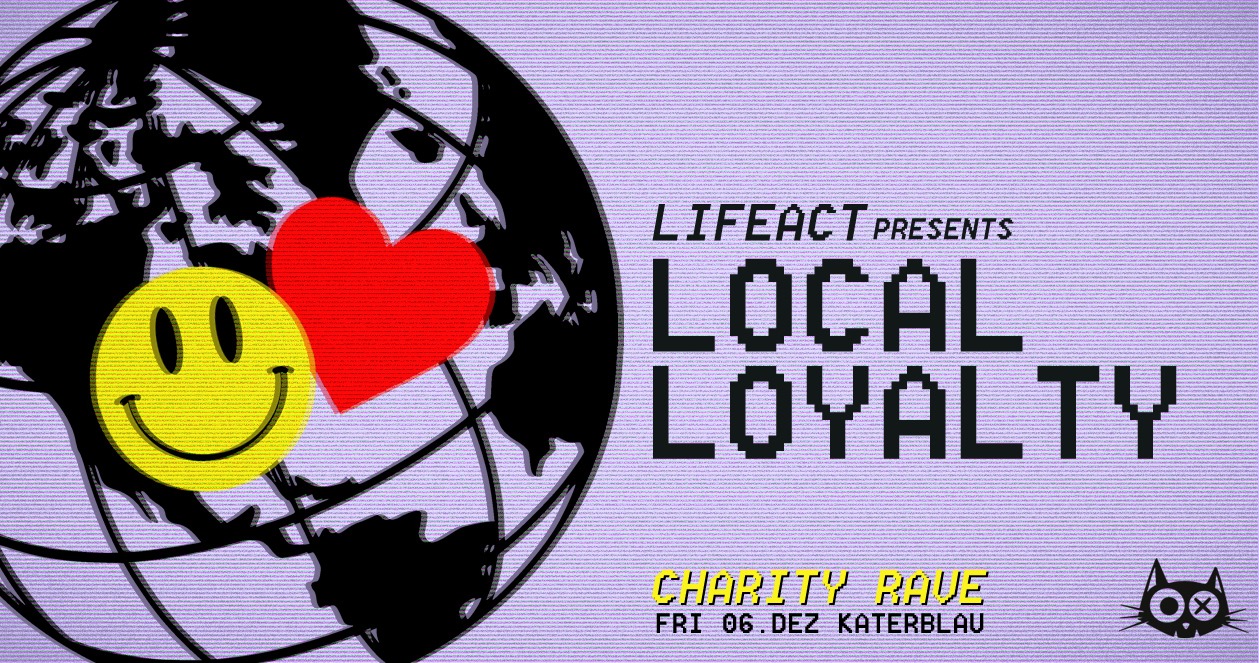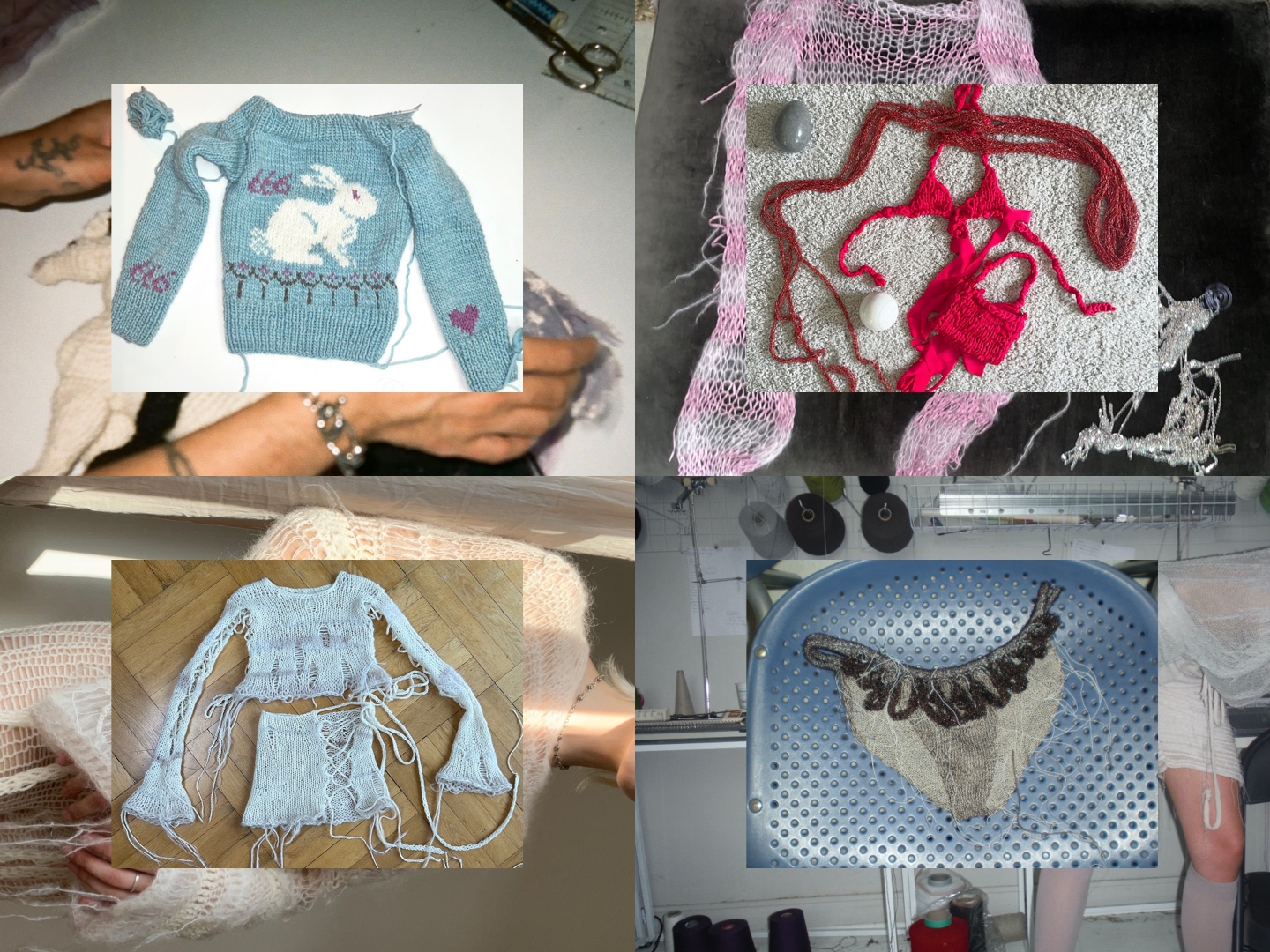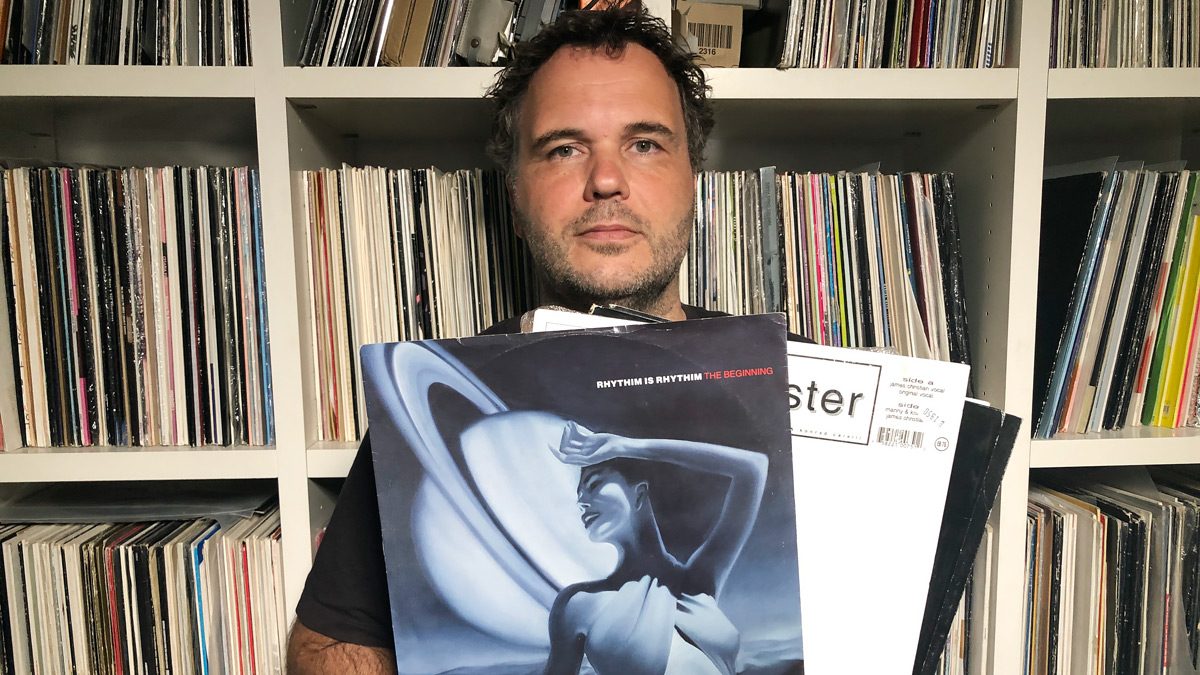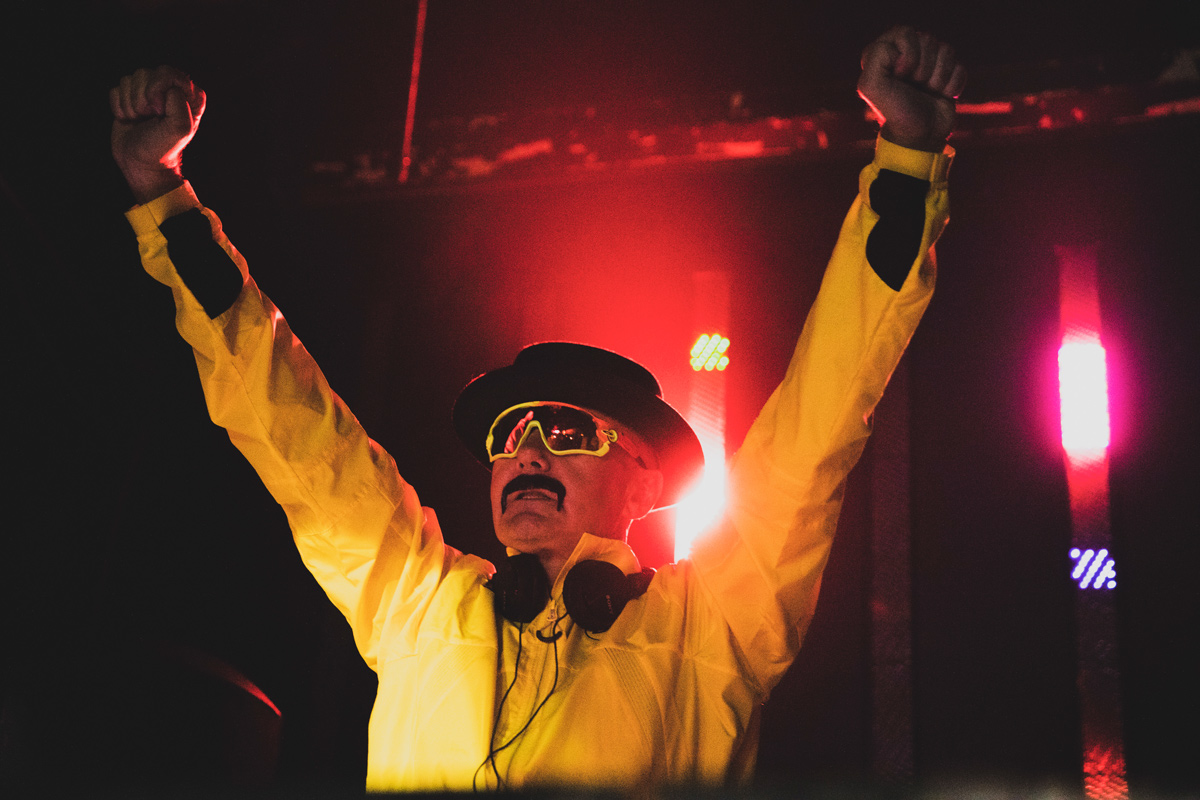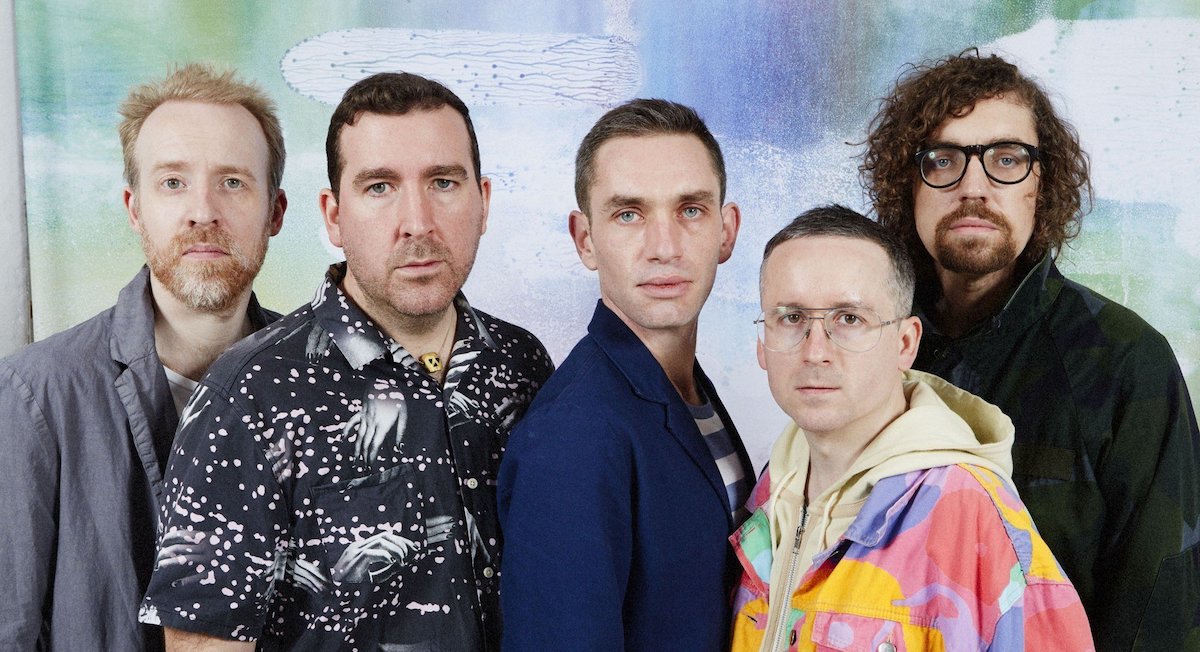How Modular Synthesis Is Reviving Early Tape Music Techniques
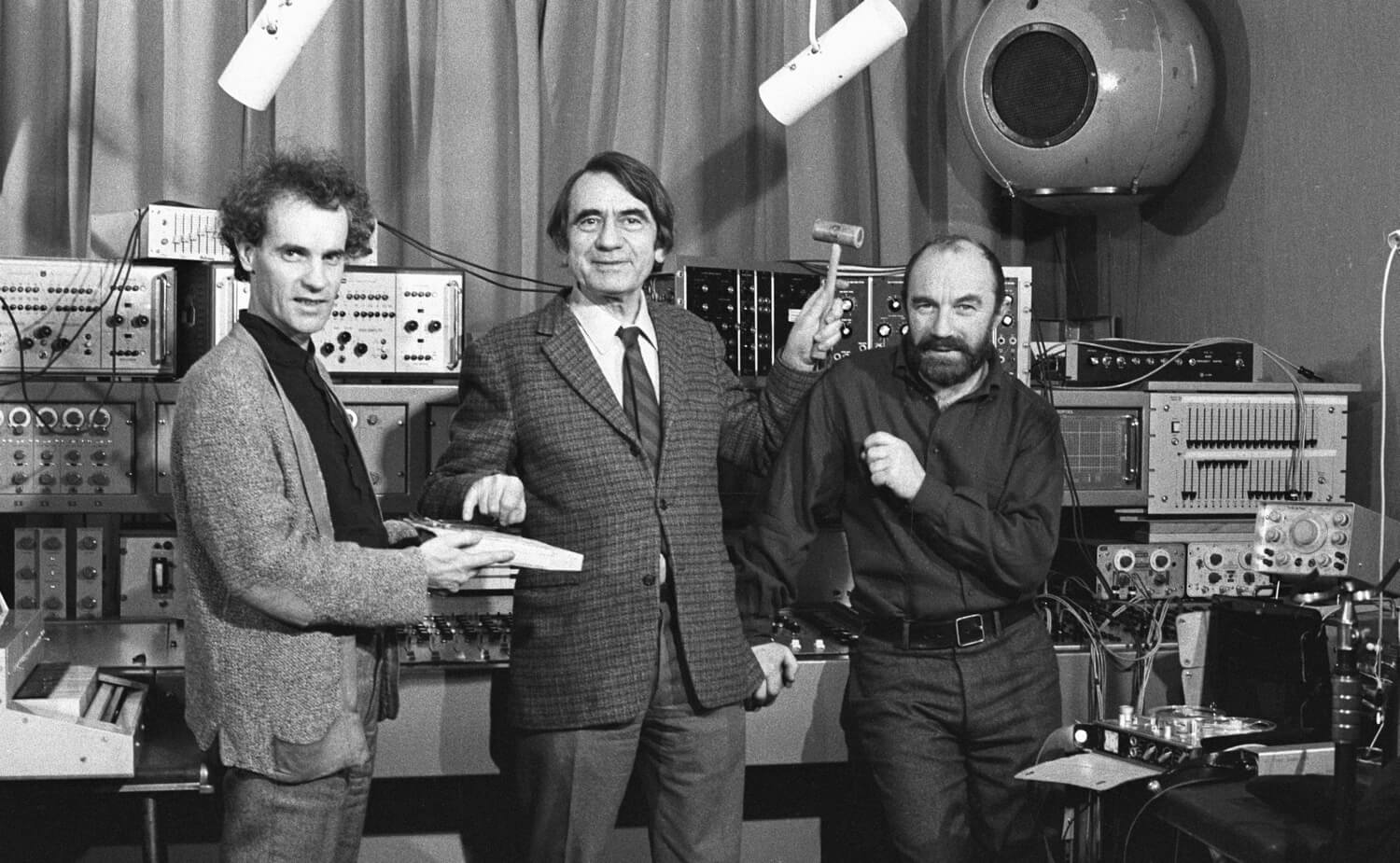
Post-WWII splicing, looping and playback practices are living on in today’s analog hardware.
Many people tend to think that music only started becoming weird once the synthesizer was invented; only with filters, oscillators and modulation matrixes could you make truly out-of-this-world noise.
But in reality, well before Bob Moog or Don Buchla had developed their first prototypes, composers, radio producers and theorists were already utilizing magnetic tape in startling new ways. The method was crystallized by the Groupe de Recherche de Musique Concrète—which consisted of experimental pioneers Pierre Schaeffer and Pierre Henry, pictured above—in France in 1951. Together the laid the groundwork for creative uses of tape playback, splicing and looping, which birthed a whole generation of musical compositions that still hold their own in the pantheon of the avant-garde.
This history has now come full circle: many of the best Eurorack designers are returning to the principles of tape music discovered nearly seven decades before. The New York-based company Make Noise, for example, has just developed the “Morphagene” module, which is described by its makers as “a next generation tape and microsound music module that uses reels, splices, and genes to create new sounds from those that already exist. It is informed by the worlds of musique concrète, where speed and direction variations were combined with creative tape splicing to pioneer new sounds.”
Tape music is also influencing many other facets of modern production techniques, and the Ukrainian musician Oleg Shpudeiko (a.k.a. Heinali) wrote a fascinating article that documents its roots and influences on the modern music world. It’s an essential starting point for anyone interested in the history of experimental music and the principles that have informed the weird sonic directions of modern electronica. Read it on CDM here and take a look at Make Noise’s Morphagene module below.
Read more: Going beyond the frontiers of experimental modern classical music

